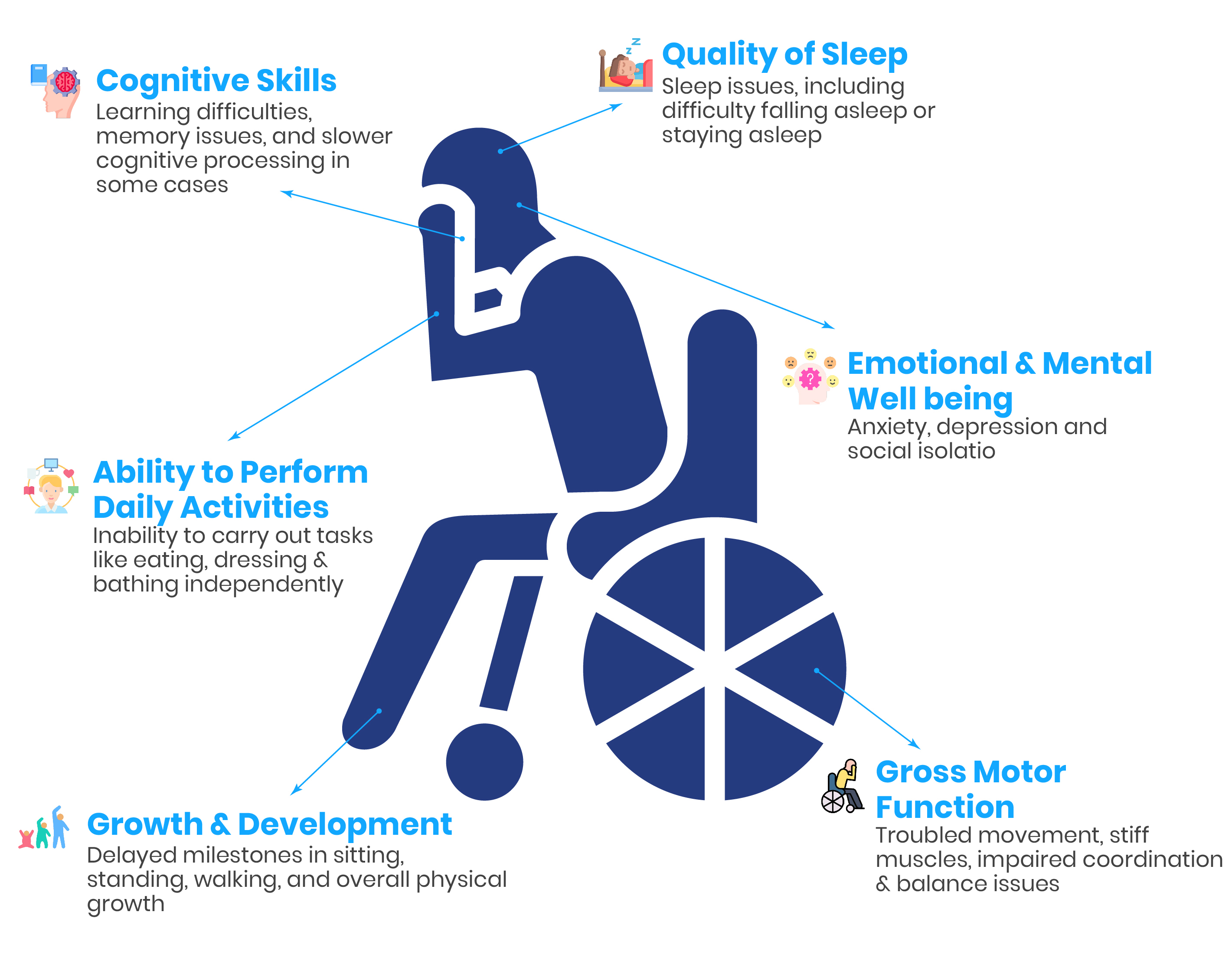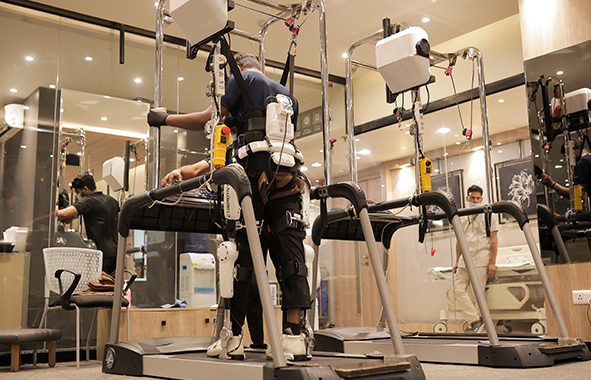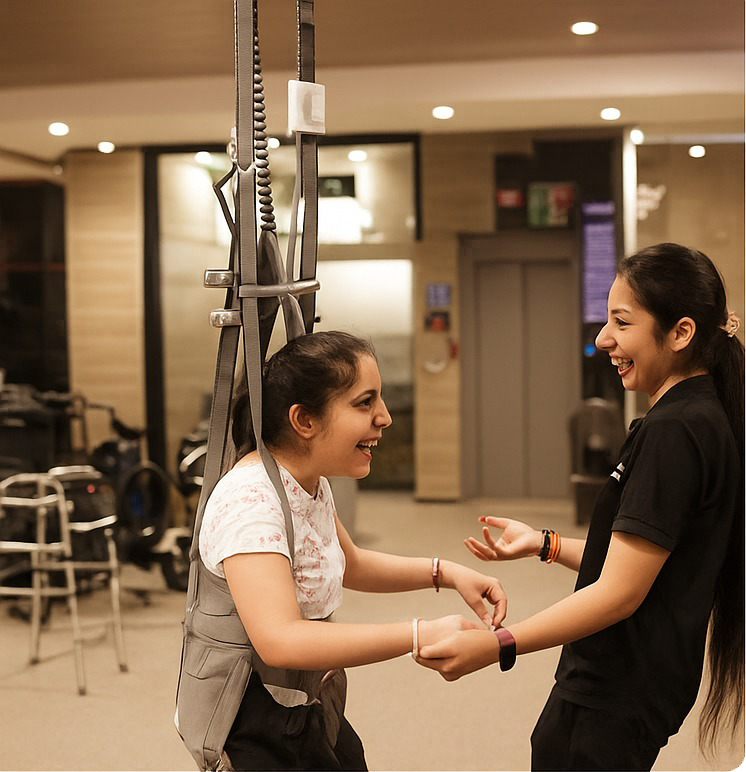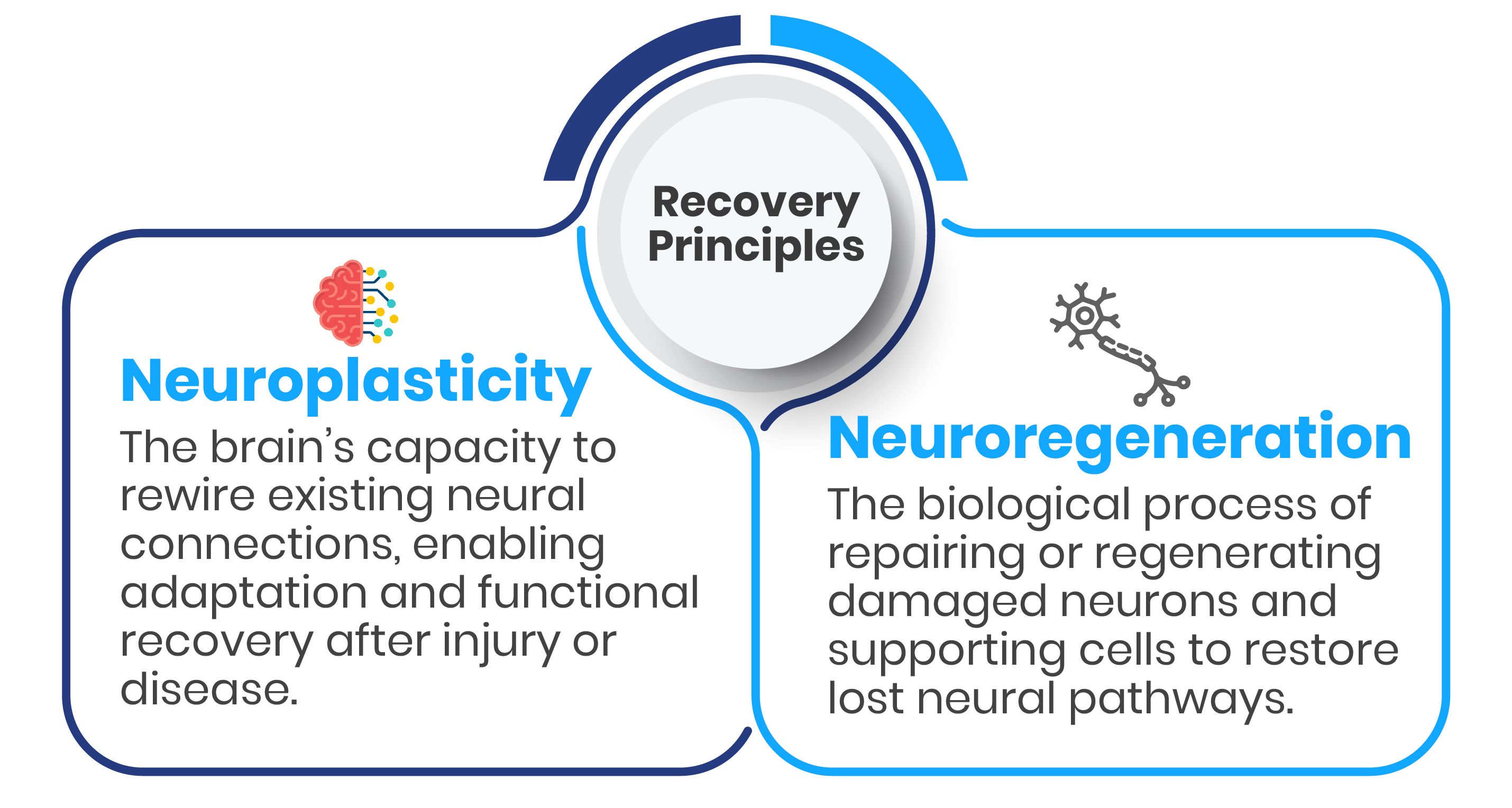Have questions or interested in our premium window solutions? Reach out to us—we're here to help!
Cerebral palsy (CP) is a group of disorders that impacts the brain functioning. It impairs many nervous system functions, particularly movement, learning, hearing, vision, and thinking. This neurological disorder is the leading cause of motor impairments in children. The condition's symptoms might become more or less noticeable or limiting as the child develops motor abilities with age. The symptoms also differ depending on which brain region has been affected.



Early diagnosis and stimulation of neuroplasticity by new technologies for achievement of motor and sensory maturation.
Muscle and brain neural circuit creation.
Progressive rehabilitation—upper limbs to lower limbs.
Robot-assisted support, orthoses, and walking rehabilitation support the recovery of voluntary movement, stability, and balance.
Goal: Maintain progress and attain long-term independence.
Virtual reality, home-based rehabilitation, and wearables provide mobility and minimize relapses.







Walk Again is growing its reach throughout Southeast Asia, bringing advanced neuro-recovery services to more patients. Also opened in Oman.
Contact UsA: Functional Electrical Stimulation (FES) and Vibramoov Technology are employed to minimise spasticity by stimulating muscles that leads to improvement of flexibility and muscle control.
A: By correction of posture and mobility, assistive devices coupled with technologies such as Cyberdyne HAL can help in retaining joint function and minimising complications or secondary conditions.
A: By encouraging non-verbal patients to express themselves more effectively, technologies such as BCI may enhance communication and improve their emotional well-being.
A: Cyberdyne HAL and FES are two examples of neurorehabilitation technologies that have demonstrated notable enhancements in motor abilities, cognitive function, and overall quality of life, assisting patients in achieving long-term functional recovery.
A: Cyberdyne HAL and FES-powered assistive devices can greatly increase a patient's mobility and independence by facilitating their involvement in daily activities, communication, and movement.